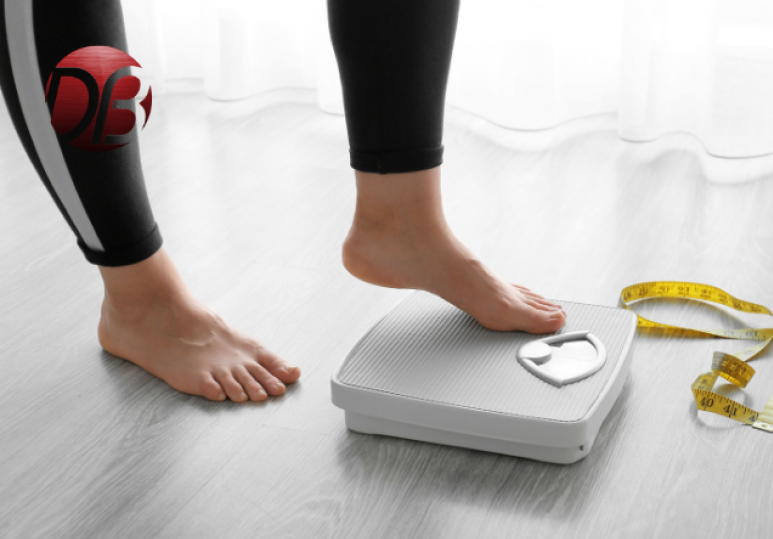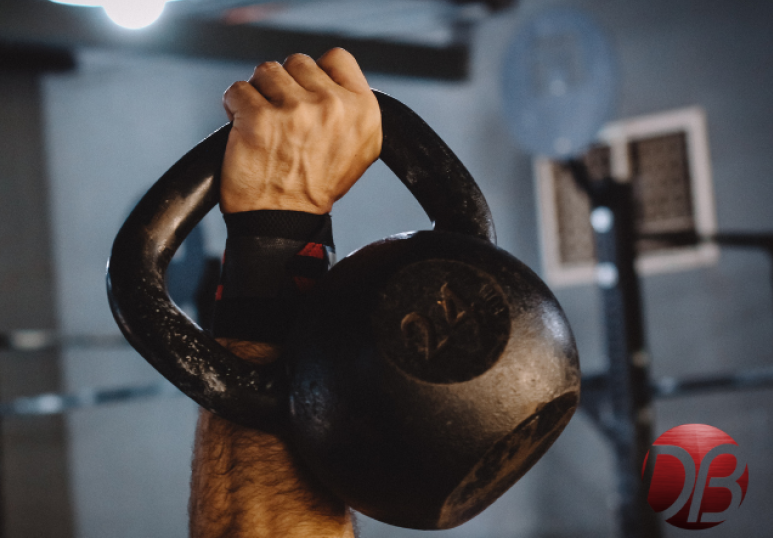Signs Of Unhealthy Weight Loss
Losing Weight Too Fast
Many people want fast results, but the truth is that fast weight loss isn’t healthy and it isn’t sustainable. Diets that claim to have you shed weight or drop several sizes in a short amount of time often help you temporarily lose weight, but not fat. These diets will target water weight or even muscle mass. When your body loses these, the numbers on the scale might go down and you might look a bit slimmer, but you won’t feel good and you certainly can’t keep it up. The truth is that only hard work, healthy food choices, and regular exercise can help you safely lose weight and keep it off.
Skipping Meals
When you’re establishing a weight loss program, you might need to modify your eating habits, but you shouldn’t be starving yourself. What’s most important is to eat healthier foods in controlled portions. This involves eating whole grains and a variety of fruits and vegetables instead of simple carbohydrates. Portion control involves learning to eat when you’re hungry and not overeating, as well as learning to avoid eating out of boredom or stress instead of hunger. A healthy diet doesn’t involve purposely skipping meals when you’re hungry or committing to a liquid diet. Although protein shakes or smoothies can be a good meal replacement for one meal a day (commonly breakfast or lunch), they shouldn’t be your only source of nutrients. If you switch to a liquid diet or you skip meals, when you do eat food, your body will actually hold on to fat even more as it tries to prepare for periods of fasting.
Being Too Strict
Altering your food and exercise habits is hard and you may feel like you have to quit your old habits cold turkey, but never giving yourself a break can be very damaging to your weight loss journey. Humans are not built for perfection, and trying to avoid any and all temptations will lead to failure. If you try to completely cut out all foods that are bad for you and then one day you break down and eat that food, it can make you feel like you failed and want to give up and go back to your old habits. Instead, you need to learn how to indulge in moderation and gradually improve your eating habits. You also need to gradually work up to longer workouts and more frequent exercise or you’ll tire yourself out. If you don’t work out or you eat something you know is unhealthy, understanding these instances as setbacks instead of failures can help you continue on your weight loss journey instead of discouraging you. Establishing a weight loss program that focuses on continual growth instead of perfection can be beneficial.
Excessive Exercise
Exercise is one of the key components of weight loss, but you need to ease yourself in and listen to your body. If you try to immediately start doing hard-core, intensive exercises, you will soon be very sore and burnt out. And if you begin exercising with weights that are too heavy or while using improper form, you can injure yourself. If you’re just starting to work out, start slow and gradually build up. And if you don’t know proper form or how hard to push yourself without overdoing it, partner with a personal trainer. It’s also important to remember to not exercise on an empty stomach and to monitor for signs that you’re doing too much exercise, including a high resting heart rate, poor sleep, exhaustion, poor mental health, feeling obsessive over exercise and/or diet, or becoming weaker despite regular exercise. Although exercising is typically good for you, some people struggle to find a healthy balance.
Find A Healthy Weight Loss Program
Approaching weight loss in a healthy way can take some self-reflection and an in-depth understanding of health. To help avoid the pitfalls of unhealthy dieting and weight loss and to change your mindset about weight loss, start a weight loss journey with a professional. At Dreambody Fitness, our weight loss program will help teach you healthy and sustainable habits for safe weight loss. From customized workout plans to around-the-clock support, our personal trainers and coaches at Dreambody Fitness can help you lose weight, build muscle, hold you accountable, and improve your fitness in a healthy and maintainable way. To learn more about our weight loss programs and personal training, contact us by calling 1-403-612-3538 or by filling out our online contact form.
FAQ
Q: How often should I exercise if I am just starting?
A: If you are just starting your exercise journey, get yourself into a routine where you are not forcing yourself to work out. Go for a short walk once per day or stretch in the mornings to get started with your routine. If you begin to build consistency, then you can start adding in strenuous exercise routines more often. Try to get yourself moving and get your heart rate up for at least 30 minutes a day.
Q: What is a healthy weight loss goal?
A: With proper nutrition and consistent weekly workouts, a goal to lose 0.5-1.5 lbs per week is attainable without putting stress on your body. Your fitness trainer will discuss your weight loss goals with you prior to starting your weight loss program to make an attainable, healthy weight loss plan.
Q: Do weight loss programs incorporate exercise routines?
A: To lose body fat sustainably, you will have to incorporate a healthy diet with weight-loss-specific workouts. Your personal trainer will customize a workout and meal plan that fits your needs.




